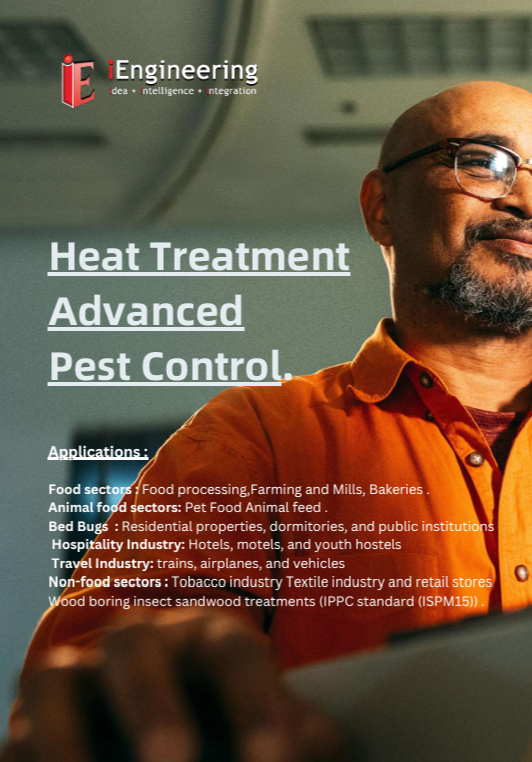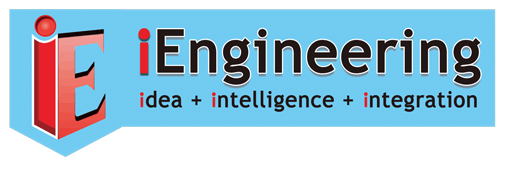Heat Treatment Advanced Pest Control.
Concept :-
Death of all forms of Insects due to Denaturation of Proteins, Loss of Enzyme Activity, and Desication.
Our Approach :-
At iEngineering, we believe in protecting both your environment and your health. That’s why we offer environmentally friendly fumigation solutions.
Time Temperature Function
The time and temperature required for the death of insects in a fumigation machine heating process can vary depending on several factors, including the type of insect, its life stage, and the specific fumigation method being used. Different insects have varying tolerance levels to heat, so there is no one-size-fits-all answer.
Heat treatment for insect control typically involves raising the temperature to a level that is lethal for the target pests while avoiding damage to the treated space or its contents. Commonly, temperatures in the range of (60°C to -30°C) are used for insect heat treatments. At the maximum of 60°C and -30°C the insects die in minutes, at 50°C it takes a day for the insects to die, and 30°C is the suitable temperature for the growth of insects. Whereas at 0°C the insects take months to be killed.
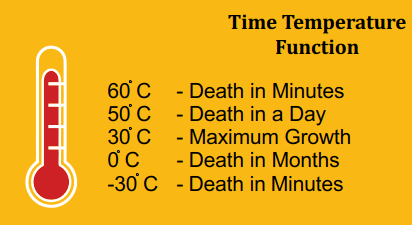
Process
Thoroughly cleanse the area to eliminate any dirt, debris, or residues that could disrupt the fumigation process. Give extra care to spots where pests tend to conceal themselves or lay eggs.
Maintain and elevate the temperature inside the manufacturing facility to a range of 50°C to 60°C for a duration of 24 to 48 hours.
Applications :-
- Food Sectors: Including food processing, farming, mills, and bakeries.
- Animal Food Sectors: Catering to both pet food and animal feed industries.
- Bed Bugs: Providing effective solutions for residential properties, dormitories, and public institutions.
- Hospitality Industry: Serving hotels, motels, and youth hostels with tailored pest control services.
- Travel Industry: Offering solutions for trains, airplanes, and other vehicles to ensure pest-free environments.
- Non-food Sectors: Serving diverse industries such as the tobacco industry, textile industry, and retail stores

Equipment :
1. Amber Storm Hot Air Blower
The Amber Storm hot air blower is a reliable and versatile heating solution, ideal for a wide range of industrial applications. Its modular design, coupled with advanced thermostat control, ensures efficient and uniform temperature distribution, making it an asset in any industrial setting
Modular wheel-mounted heaters have 12 stainless steel heating coils. Thermostat control ensures uniform temperature throw.
Advantages:
Efficient Heating
- Uniform Temperature Distribution
- Overheat protection and thermostat control.
- Suitable for various applications, adjustable settings.
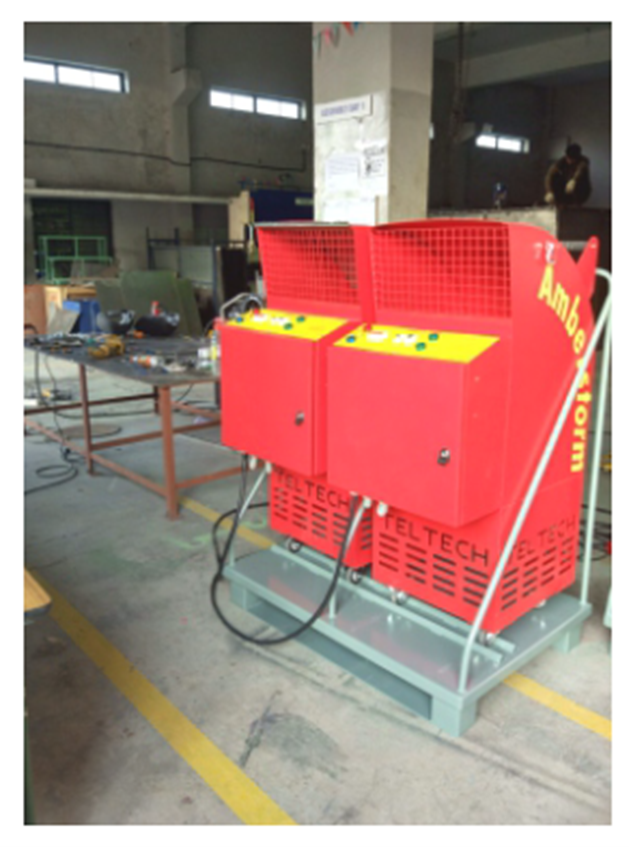
2. Power Distribution
Modular power distribution panels feature the same connections to heating equipment as existing factory panels, with customizable sizes and extension cables to ensure compatibility and connectivity across all factory locations.
Advantages:
- Compatibility : Same connections as existing factory panels.
- Customizable : Panel sizes tailored to specific needs.
- Flexible Connectivity : Extension cables enable connections across all factories.
- Scalability : Easy to expand or modify as needed.
- Efficiency : Streamlines power distribution and reduces installation time.
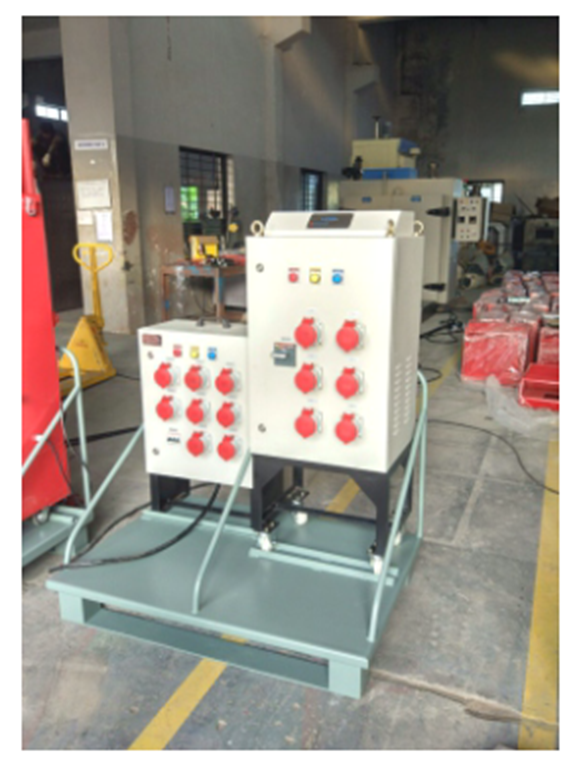
3. Ground Fan
Air-recirculating ground fans ensure uniform heat distribution and prevent temperature stratification with their elongated, movable duct arrangements, capable of reaching up to 2.5 meters in height.
Advantages:
- Uniform Heat Distribution: Ensures even temperature.
- Prevents Stratification: Avoids temperature layers.
- Flexible Reach: Ducts extend up to 2.5 meters.
- Versatile Positioning: Movable duct arrangements for optimal placement.
- Improved Efficiency: Enhances overall heating performance.

